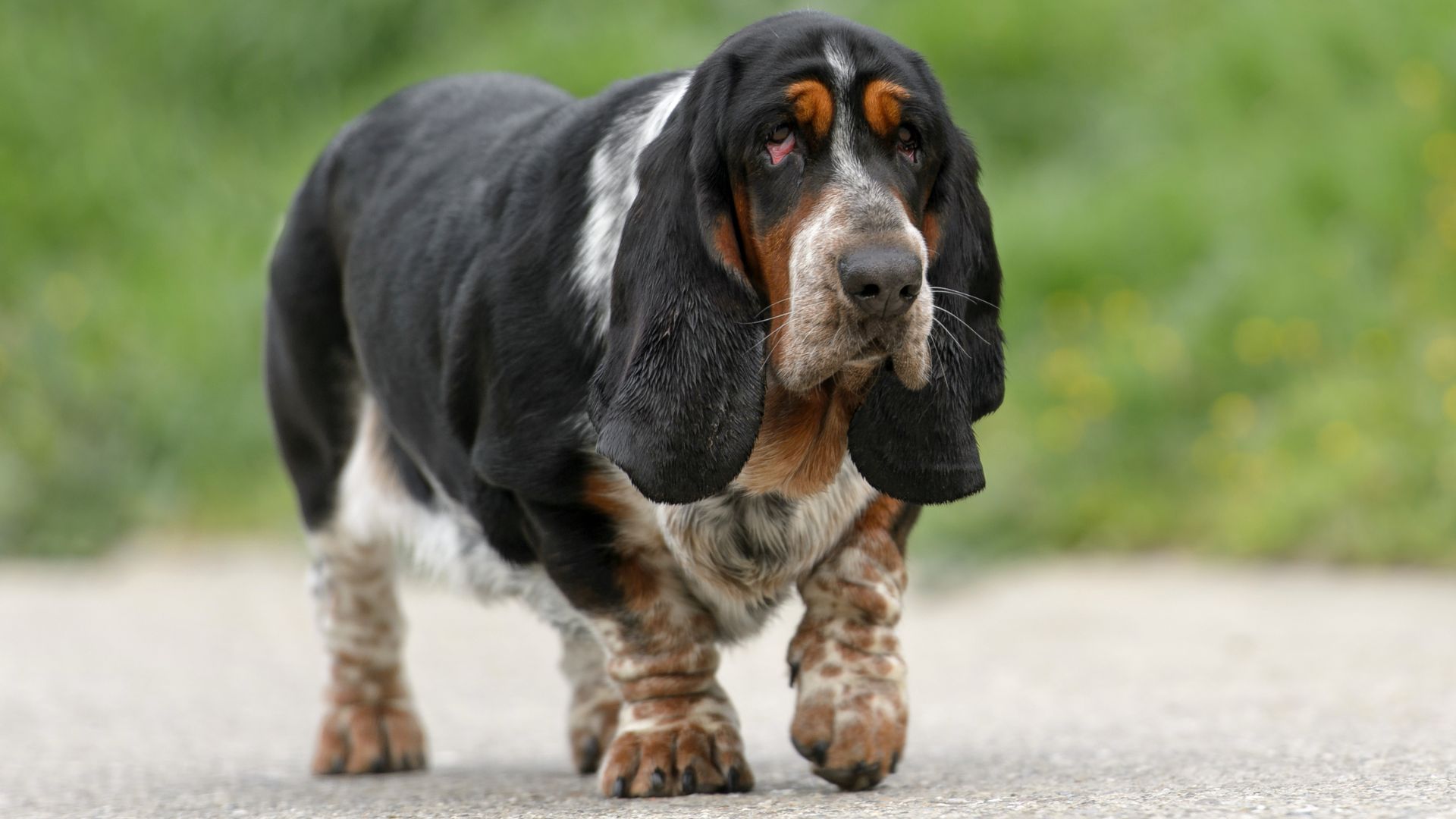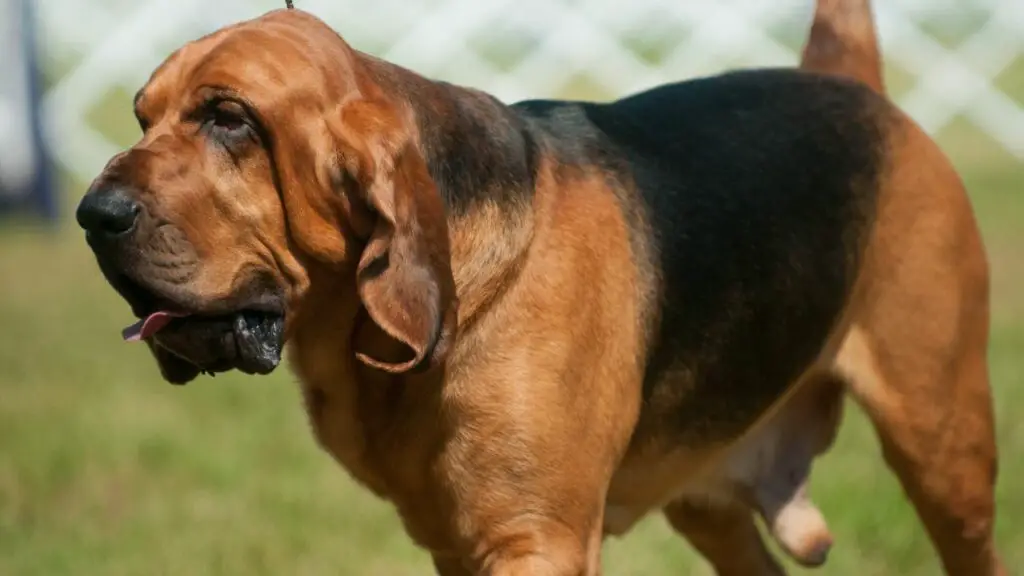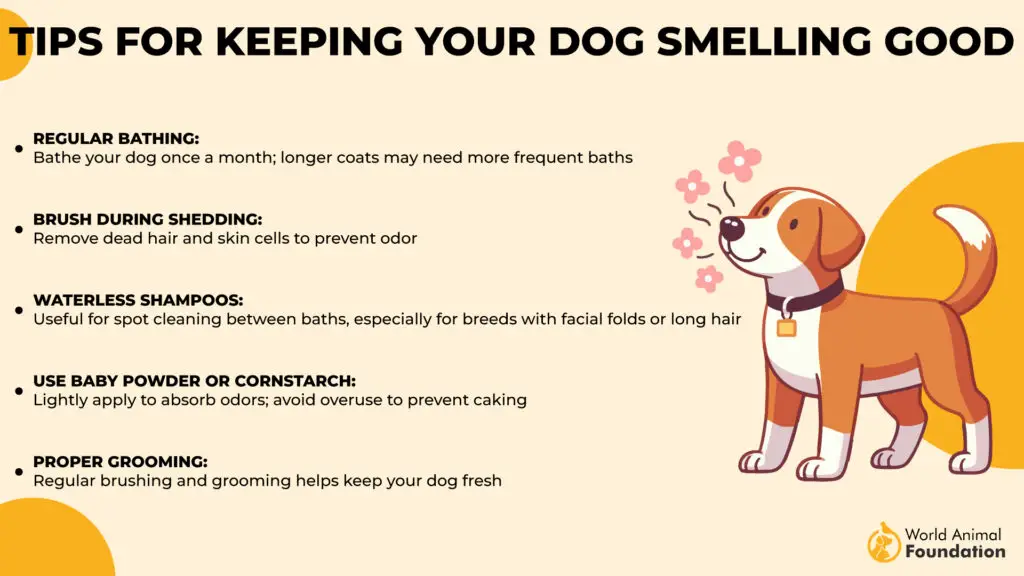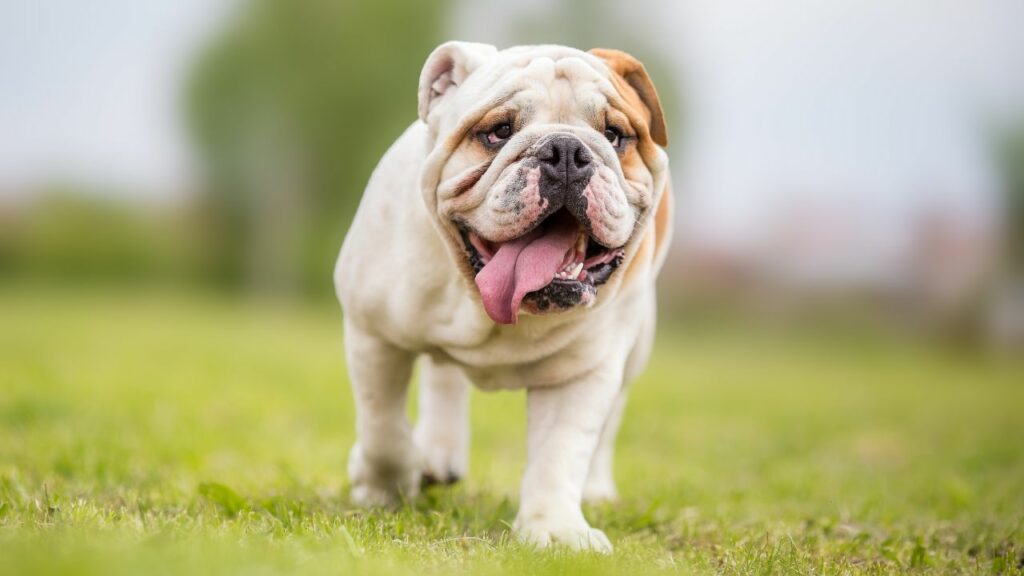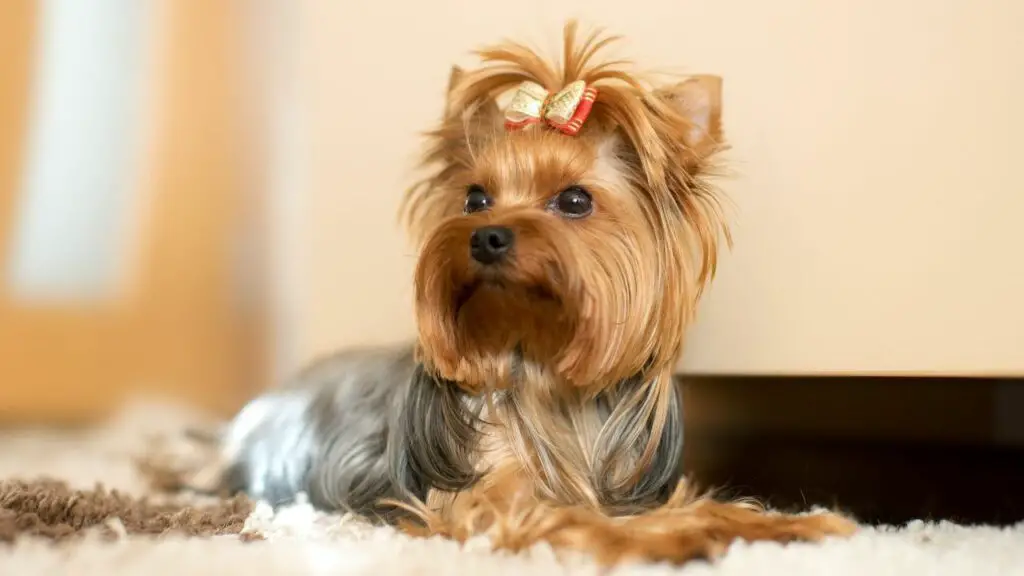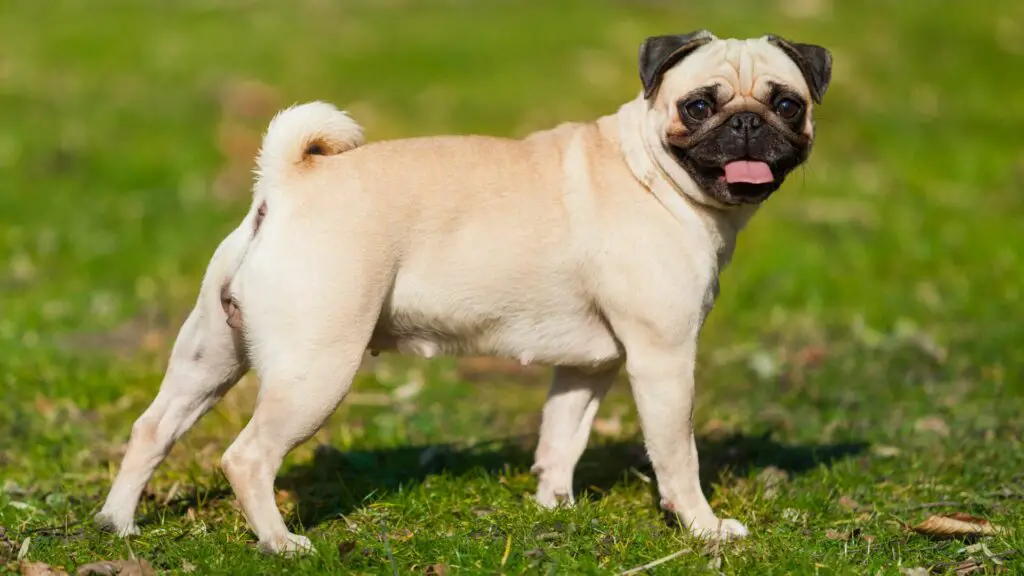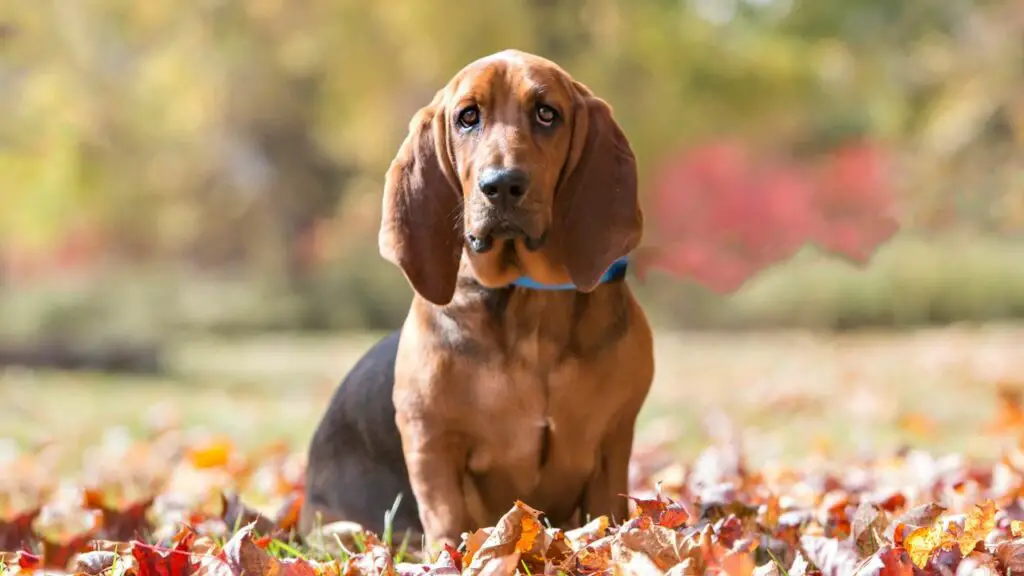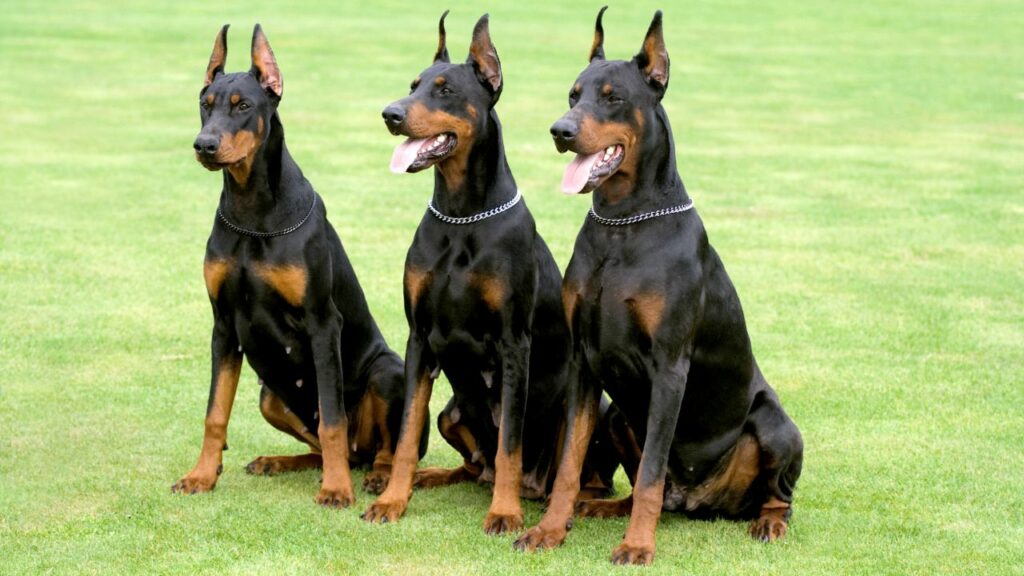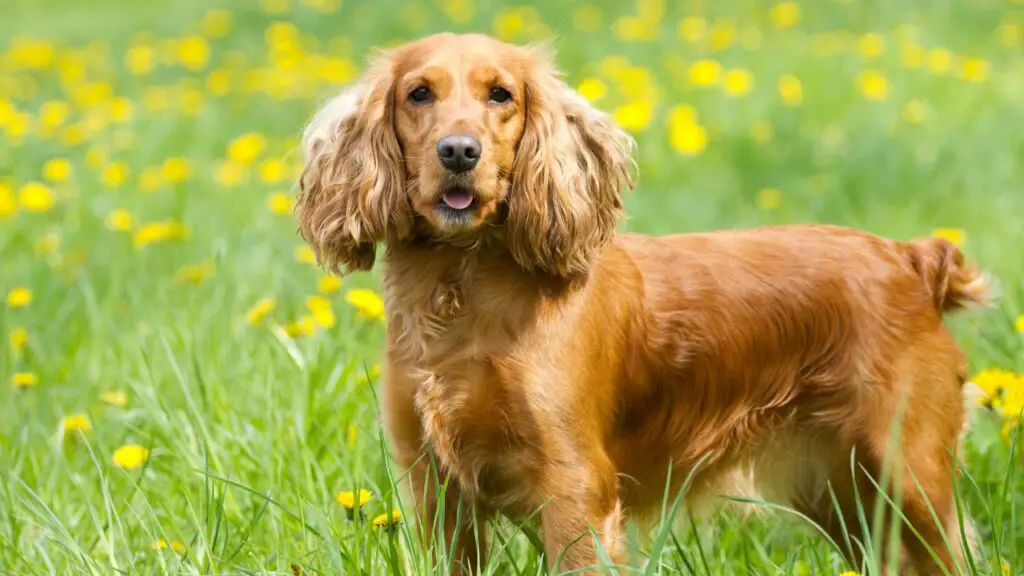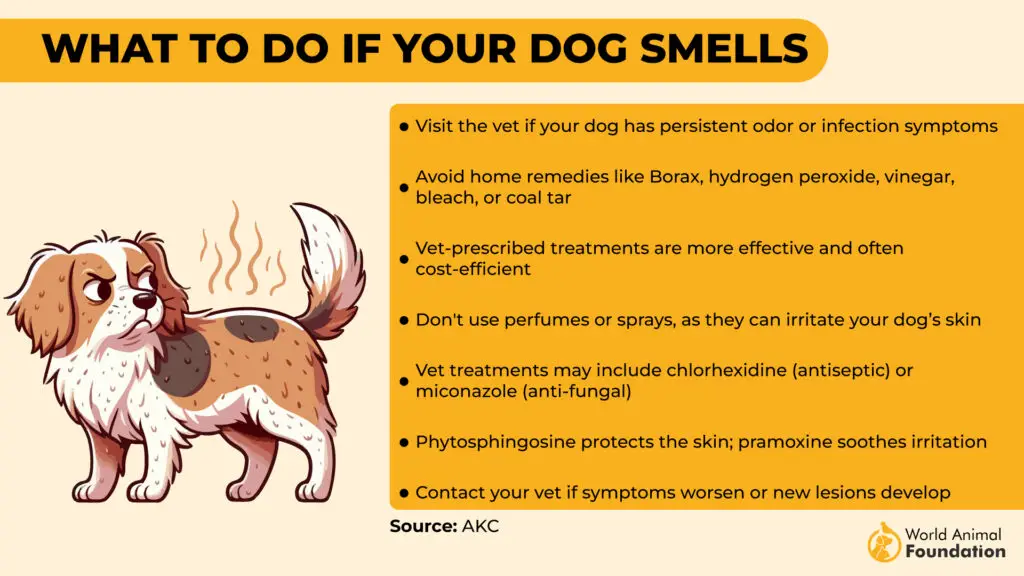Dog lovers know that unconditional love sometimes comes with a certain…aroma. While all dogs have their moments, some breeds are simply predisposed to a more pungent presence. Whether it’s due to oily skin, thick coats, or a penchant for rolling in questionable substances, these nine breeds are notorious for their, shall we say, distinctive scent. But don’t let a little whiff deter you! Their charming personalities and loyal hearts more than make up for any olfactory offenses. Get ready to meet the stinkiest dog breeds you’ll love anyway!
Most dogs will have a bit of a smell at some point in their lives, but some breeds are naturally more pungent than others. This can be due to factors like their skin folds, coat oils, or big floppy ears.
Dogs use their smell for more than just detecting food or people—they also use it to attract mates and keep predators away. Their strong sense of smell helps them recognize other dogs and even figure out if a stranger is nearby.
Some breeds, especially those bred for harsh weather or water resistance, have an oilier coat, thanks to a special gland that produces sebum. This oily layer protects their skin and keeps them waterproof, but it also makes them a little smellier than other breeds.
Now, let’s get to know the 9 dog breeds that are known for their stronger scents!
Stinkiest Dog Breeds
1. Bloodhound
Breeds with skin folds, oily coats, or certain skin conditions are more likely to have a noticeable odor, and the Bloodhound is one of them. Known for their incredible sense of smell, Bloodhounds also have a distinct body odor.
Their loose skin and long ears can trap moisture and bacteria, which leads to infections and a stronger smell. Their coat is also naturally oily, adding to the odor.
Regular baths and ear cleanings are key to managing a Bloodhound’s scent. Despite this, they are loyal and affectionate dogs with amazing tracking abilities, making them fascinating companions.
2. Saint Bernard
St. Bernards are large, gentle dogs with thick coats and a friendly personality. However, their dense fur can hold onto dirt and oils, which can cause a strong odor if they aren’t groomed regularly.
These dogs are also known for heavy drooling, and when saliva builds up on their face and neck, it can add to their smell. Their thick double coat and active outdoor lifestyle also contribute to their scent.
Regular brushing and bathing are necessary to manage their odor. Despite their size and occasional smell, St. Bernards are loving, gentle pets that make wonderful family companions.
3. English Bulldog
Despite their history as bull-baiting dogs, Bulldogs are now beloved family pets, known for being gentle and kid-friendly. Their wrinkly faces and stocky bodies make them cute, but also prone to skin issues that can cause a strong odor.
The folds in their skin can trap moisture and bacteria, leading to infections and a lingering smell. Bulldogs also tend to drool, which adds to their scent. Additionally, their teeth often misalign, leading to tooth decay if not properly cared for.
Regularly cleaning their skin folds, paying attention to their teeth, and giving them frequent baths can help manage their odor.
4. Yorkshire Terrier
The Yorkie is a beautiful dog, but it can sometimes have a strong smell. Its long, glamorous coat tends to trap dirt and oils, especially if not regularly maintained.
The hair around the Yorkie’s mouth can get messy, and they can suffer from skin conditions that contribute to their odor. Regular trims and baths are essential to reduce their smell, and their hairy ears need frequent cleaning to prevent infections.
Despite their small size and occasional odor, Yorkies are lively, affectionate pets that make wonderful companions.
5. Pug
Pugs are known for being one of the stinkiest dog breeds due to their unique features. These small dogs have wrinkled skin and tend to drool, which can trap moisture and bacteria, leading to odors.
Their deep facial wrinkles can collect food and dirt, making regular cleaning essential. Pugs’ flat faces cause them to eat quickly and swallow air, often resulting in gas. Additionally, they need regular attention to their anal glands and can develop periodontal disease, which causes bad breath.
Despite these odor issues, Pugs are affectionate, playful pets that bring a lot of joy to their owners. Regular grooming and cleaning can help manage their smell.
6. Basset Hound
Basset Hounds are known for their droopy ears and soulful eyes, but they also have a distinctive odor. Their long, floppy ears can trap moisture and bacteria, leading to ear infections that cause a strong smell.
Additionally, their oily coats and loose skin folds can harbor bacteria and yeast, contributing to their scent. Regular ear cleaning, bathing, and grooming are essential to keep them smelling fresh. Despite their odor, Basset Hounds are loving, loyal pets that make wonderful companions.
7. Beagle
Beagles were originally bred to hunt in packs, and their natural instinct to sniff out food while on walks can sometimes lead to gas. With their strong sense of smell, Beagles love to explore, but this can also cause them to pick up odors.
Their oily coat, similar to other hounds, can contribute to their scent as well. Beagles’ long ears are prone to infections if not properly maintained, and their ears also trap scent particles, keeping smells close to their noses.
Beagles have a smooth, dense double coat that sheds moderately all year, with heavier shedding in the spring. To keep their coat healthy and reduce loose hair, brushing them weekly with a medium-bristle brush, rubber grooming mitt, or hound glove is a great way to promote new hair growth and keep them looking and feeling fresh.
8. Doberman Pinscher
Doberman Pinschers are gentle, loyal, and loving dogs with sleek, glossy coats and strong, athletic bodies. Their speed and strength make them excellent protectors and companions.
However, their love for food can lead to some stinky consequences! If overfed or given an unbalanced diet, Dobermans can become bloated, which often results in unpleasant gas.
To avoid this, it’s important to regulate their diet and prevent overeating, as this can also lead to obesity and more digestive issues. Proper feeding keeps them healthy and reduces those nasty farts!
9. Cocker Spaniel
The Cocker Spaniel is known for being a beautiful and playful dog breed that brings joy to its owners. However, they are also one of the stinkiest dog breeds due to their oily coats and long, hairy ears, which are prone to infections. Their signature long ears can easily get infected, and the more the infection spreads, the stronger the smell becomes.
Their oily coat also tends to trap dirt, adding to the odor. Overbreeding or food allergies can contribute to skin issues and even gas, making them smellier.
Regular grooming, such as cleaning their ears and giving them baths, can help control a Cocker Spaniel’s odor. Even with their occasional smell, Cocker Spaniels are very popular dog breeds.
Conclusion
While all dogs may develop some odor from time to time, certain breeds are more prone to being among the smelliest dogs. Breeds with an oily hound coat, like Beagles and Basset Hounds, tend to trap dirt and smells. Flat-faced dogs with pushed-in snouts, such as Bulldogs and Pugs, can suffer from digestive issues that lead to unpleasant gas, while breeds like Shar Peis, with their distinctive skin folds, require regular cleaning to avoid infection.
Long-haired breeds, like Golden Retrievers, also need consistent grooming to prevent their fur from holding onto dirt and oils. Additionally, some dogs, especially those prone to projectile drooling, such as St. Bernards, may need extra care to manage their odor. A balanced diet, possibly including grain-free options, can help reduce issues like bloating and bad gas.
With the right care and grooming, even the smelliest dogs can stay fresh and make wonderful companions.
Despite their sometimes pungent aromas, these nine breeds offer undeniable charm and companionship. While a predisposition to certain “doggy odors” might exist due to coat type, skin folds, or ear structure, proper grooming and a healthy diet can significantly minimize the stink. Ultimately, the unwavering loyalty and love these dogs offer far outweigh any olfactory offenses. Their unique personalities and endearing quirks make them beloved companions, proving that a little extra nose-wrinkling is a small price to pay for the joy they bring.

